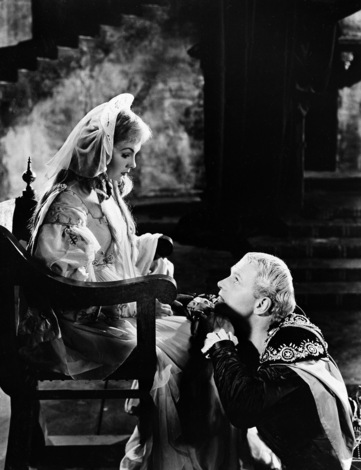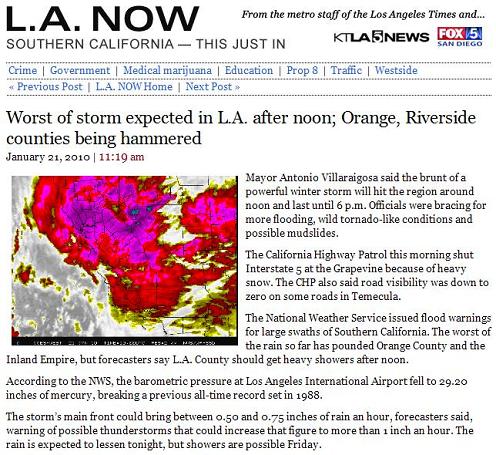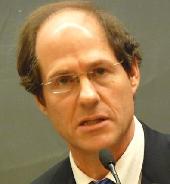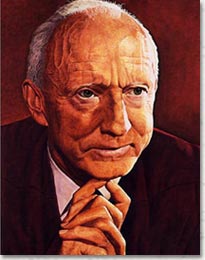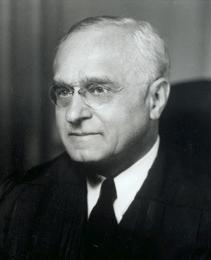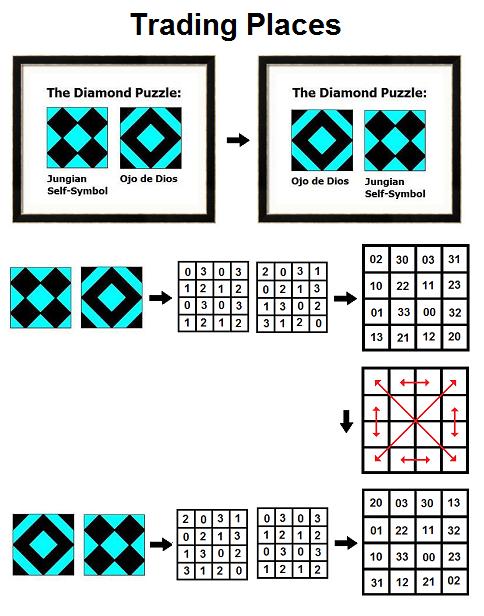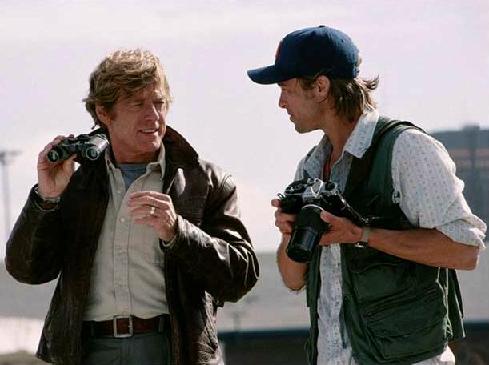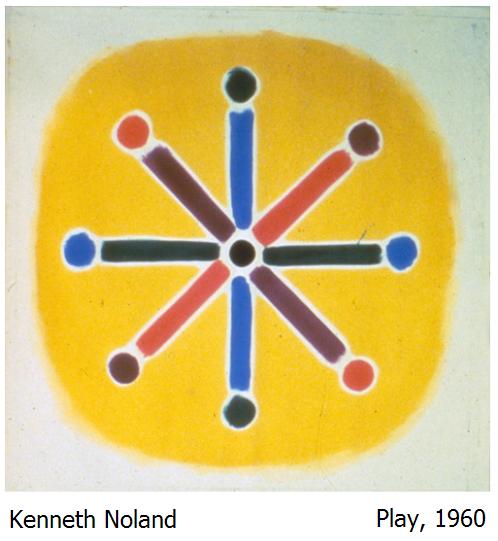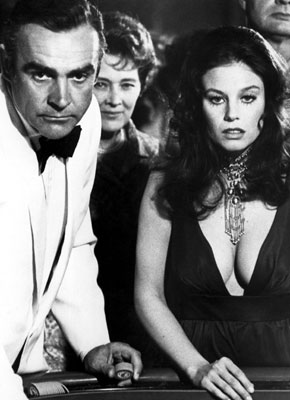From The New York Times —
4TH NIGHT FREE
From this journal —
Twilight Kingdom
“What he cannot contemplate is the reproach of
… that final meeting
In the twilight kingdom,
when at length he may meet the eyes….”
” … unless
The eyes reappear
As the perpetual star
Multifoliate rose
Of death’s twilight kingdom”
Related readings from unholy scripture:
A. The “long twilight struggle” speech of JFK
B. “The Platters were singing ‘Each day I pray for evening just to be with you,’ and then it started to happen. The pump turns on in ecstasy. I closed my eyes, I held her with my eyes closed and went into her that way, that way you do, shaking all over, hearing the heel of my shoe drumming against the driver’s-side door in a spastic tattoo, thinking that I could do this even if I was dying, even if I was dying, even if I was dying; thinking also that it was information. The pump turns on in ecstasy, the cards fall where they fall, the world never misses a beat, the queen hides, the queen is found, and it was all information.”
— Stephen King, Hearts in Atlantis, August 2000 Pocket Books paperback, page 437
C. “I will show you, he thought, the war for us to die in, lady. Sully your kind suffering child’s eyes with it. Live burials beside slow rivers. A pile of ears for a pile of arms. The crisps of North Vietnamese drivers chained to their burned trucks…. Why, he wondered, is she smiling at me?”
— Robert Stone, A Flag for Sunrise, Knopf hardcover, 1981, page 299

















